
Salsa Every Dancer Should Know – Everything You Should Know
- The Roots of Salsa Dance
- Why Every Dancer Should Learn Salsa
- Essential Salsa Styles to Master
- Developing Your Salsa Technique
- Real-Life Salsa Experiences
- Learn More with American Dance Academy
1. The Roots of Salsa Dance
Salsa dancing is more than just movement — it’s a vibrant cultural expression that brings people together through rhythm, energy, and emotion. Originating from the Caribbean, particularly Cuba and Puerto Rico, salsa evolved as a fusion of Afro-Cuban beats, jazz, and other Latin influences. It flourished in New York City during the 1970s, becoming a global phenomenon that now fills dance floors worldwide.
What makes salsa so unique is its blend of tradition and modern interpretation. Every dancer can add a bit of their personality, making the dance endlessly adaptable while staying true to its musical roots. Whether performed socially or competitively, salsa remains a universal language of joy and connection.
2. Why Every Dancer Should Learn Salsa
For dancers of any level, salsa offers a perfect balance of challenge and enjoyment. It sharpens rhythm, improves coordination, and enhances confidence — both on and off the dance floor. More importantly, salsa teaches connection: how to listen, respond, and flow with a partner in sync with the music.
Salsa also builds community. Across the United States, salsa nights are held weekly in cities like Miami, Los Angeles, and New York, attracting dancers from all backgrounds. These events foster friendships and cultural appreciation, making salsa one of the most inclusive dance styles today.
Many professional dancers even consider salsa an essential foundation for mastering other Latin and ballroom dances. Its techniques strengthen posture, core balance, and musical timing — all crucial for a well-rounded dance repertoire.
3. Essential Salsa Styles to Master
There are several popular salsa styles that dancers can explore, each with its own flavor and rhythm. Understanding these variations helps dancers adapt to different music and social settings.
1. Cuban (Casino) Style: Known for its circular motion, this style emphasizes body isolation and intricate partner turns. It’s playful and expressive, often performed to lively Cuban son music.
2. LA Style (On 1): Developed in Los Angeles, this version is sharp and performance-oriented, emphasizing dramatic spins and clean lines. It’s ideal for those who love flair and fast-paced energy.
3. New York Style (On 2): Also called Mambo style, it focuses on musical interpretation and smooth transitions. It’s elegant, precise, and deeply connected to the rhythm of the conga drums.
4. Colombian Style: Energetic and fast, this version highlights quick footwork and syncopated timing. It’s popular in Latin America for social dancing and street performances.
4. Developing Your Salsa Technique
Mastering salsa takes time and practice, but the journey is as rewarding as the destination. Start by focusing on basic footwork and timing — understanding the classic 1-2-3, 5-6-7 rhythm pattern. Once that feels natural, work on body movement and partner connection.
Good salsa dancers don’t just follow steps; they express the music through their entire body. Fluid hip motion, relaxed shoulders, and confident posture are key. For leaders, clear communication through frame and hand placement ensures smooth execution. Followers, on the other hand, shine by maintaining balance and responsiveness.
Attending workshops, taking private lessons, or practicing in social settings can help you progress faster. Recording your sessions or practicing in front of a mirror also improves self-awareness — small details make a big difference in performance.
5. Real-Life Salsa Experiences
Every dancer has a “first salsa moment” that stays with them. For some, it’s their first spin under the lights of a downtown club; for others, it’s the warmth of the crowd cheering after a performance. One dancer from Chicago shared how salsa helped her overcome stage fright, while another from New York found lifelong friends through weekly salsa socials.
These experiences reflect what salsa truly represents — joy, freedom, and community. It’s not just about perfecting steps; it’s about feeling alive in the rhythm and sharing that energy with others.
6. Learn More with American Dance Academy
If you’re ready to take your salsa journey to the next level, American Dance Academy offers professional lessons, workshops, and programs for all skill levels. From beginner foundations to advanced performance techniques, their instructors help dancers build confidence, precision, and style.
Whether you’re preparing for a competition, a wedding dance, or simply want to improve your social dancing skills, American Dance Academy provides expert guidance and a supportive environment. Discover the rhythm, passion, and elegance that make salsa one of the world’s most beloved dances — and make your own story on the dance floor.
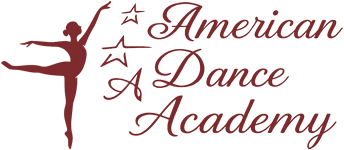

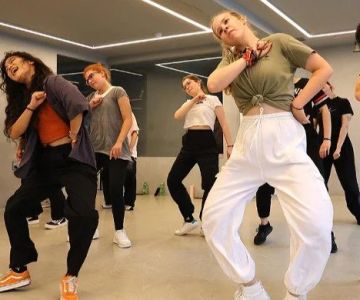
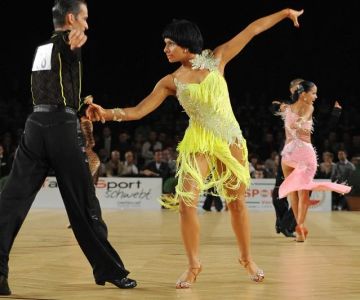
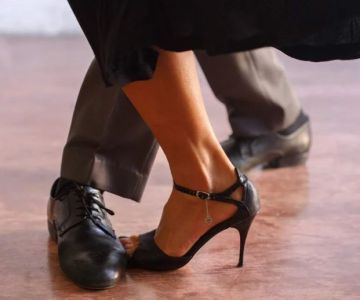
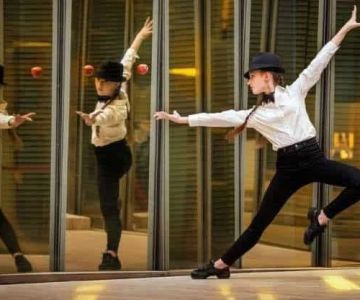
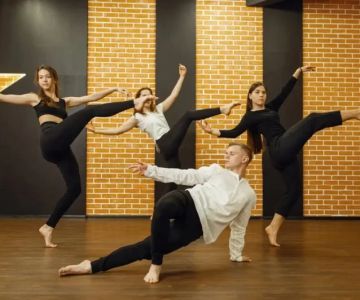
 Tango Sueno Academy5.0 (1 reviews)
Tango Sueno Academy5.0 (1 reviews)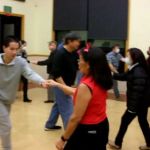 Michael Quebec0.0 (0 reviews)
Michael Quebec0.0 (0 reviews) Evolve Dance Center4.0 (50 reviews)
Evolve Dance Center4.0 (50 reviews) Grace Dance Company4.0 (19 reviews)
Grace Dance Company4.0 (19 reviews) O’Connor Kennedy Academy of Irish Dance3.0 (2 reviews)
O’Connor Kennedy Academy of Irish Dance3.0 (2 reviews) The Little Gym of Litchfield Park4.0 (133 reviews)
The Little Gym of Litchfield Park4.0 (133 reviews) Why A Plus After School Dance Programs Are Changing Students' Lives
Why A Plus After School Dance Programs Are Changing Students' Lives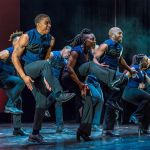 How to Apply for Dance School: Step-by-Step Guide for Aspiring Dancers
How to Apply for Dance School: Step-by-Step Guide for Aspiring Dancers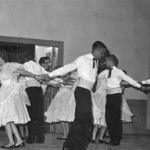 Did Henry Ford Promote Square Dancing in Schools? The Influence of Ford on American Culture
Did Henry Ford Promote Square Dancing in Schools? The Influence of Ford on American Culture Do Colleges Have School Dances? Exploring Dance Life on Campus
Do Colleges Have School Dances? Exploring Dance Life on Campus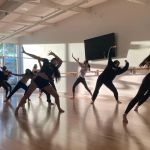 A Dance Studio with a School Gym: Blending Athletics and Arts
A Dance Studio with a School Gym: Blending Athletics and Arts Can a Homeschooler Go to Public School Dances? | Tips for Parents
Can a Homeschooler Go to Public School Dances? | Tips for Parents